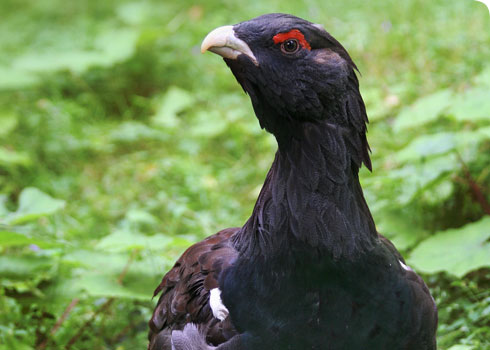Tetrao urogallus (capercaillie)
The capercaillie (from the Gaelic Capall-coille) is about the size of a turkey and is one of Scotland’s most charismatic bird species of open mature pinewoods.
The males perform an extraordinary courtship display. Fanning their tails and holding their wings down, the males strut about and produce amazing gurgling, wheezing and popping noises.
Males and females of the species differ in appearance. Females are brown with a dark chestnut-red tail, which is fan-shaped. Males are more striking and have:
- a slate-grey plumage, with a blue sheen over the head, neck and breast
- reddish-brown upper wings with a prominent white shoulder flash
- a bright red eye ring
- a long tail
Species detail
-

Habitat and distribution
Tetrao urogallus can be found across parts of Scandinavia, Europe, northern Asia and Siberia. They prefer woodland habitat, but also need open space for a lek, where males gather at mating time to impress hens and compete with rivals. Find out more about this bird’s habitat.
-

Biology
The male capercaillie is the size of a turkey, and has a wingspan that stretches over a metre. During its unusual mating ritual, the male fans its tail and struts and calls. Find out more about this majestic bird and its mating habits.
-

Conservation
The capercaillie was reintroduced into the UK from Sweden in 1837, but numbers have fallen dramatically since the 1970s. Discover how the birds are now benefiting from intensive conservation efforts.
Images
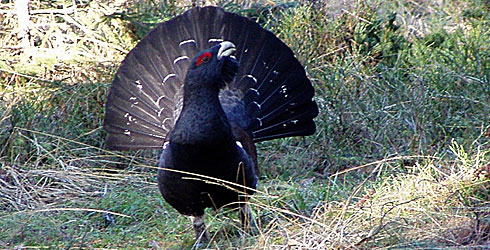
Tetrao urogallus.
© Lomvi, Creative Commons Attribution-Share Alike 3.0 Unported
Tetrao urogallus.
© M Klüber, Creative Commons Attribution-Share Alike 3.0 Unported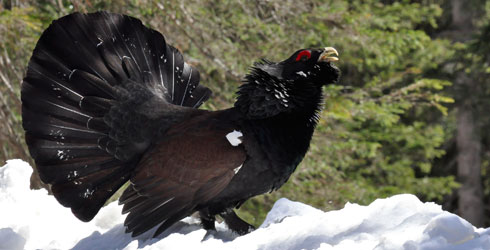
Tetrao urogallus.
© Nudelbraut, Creative Commons Attribution-Share Alike 3.0 Unported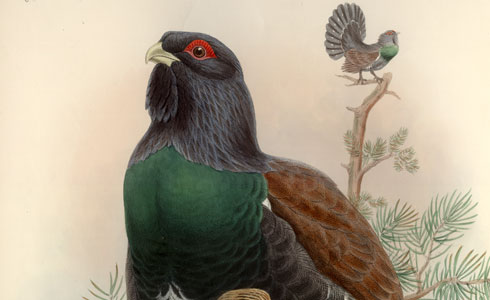
Tetrao urogallus.
© Natural History Museum, London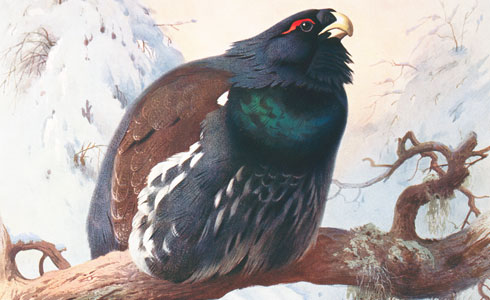
Tetrao urogallus.
© Natural History Museum, London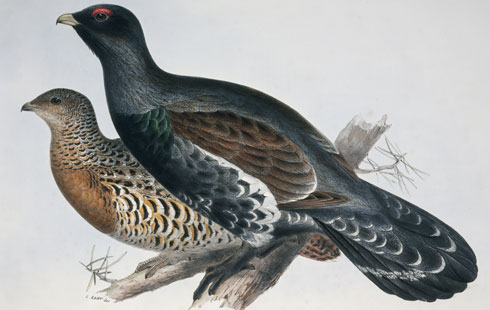
Tetrao urogallus.
© Natural History Museum, London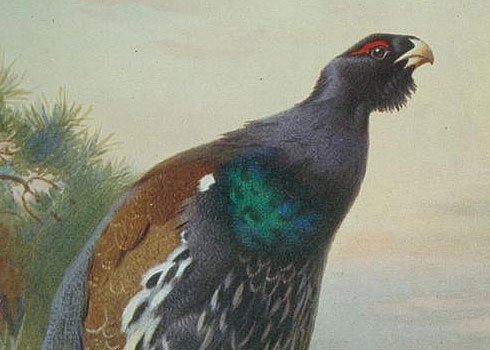
Tetrao urogallus.
© Natural History Museum, LondonAbout the author
A word from the author
"Only with sufficient knowledge of our natural heritage and a willingness to change our behaviour can we hope to succeed in our endeavours to protect our natural heritage for the future - as the capercaillie shows, with effort and commitment we can make a difference but it must be consistent and continuous."
